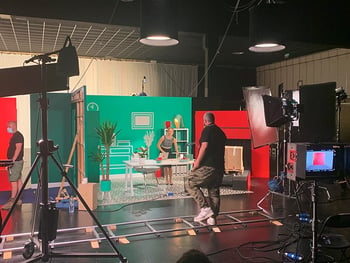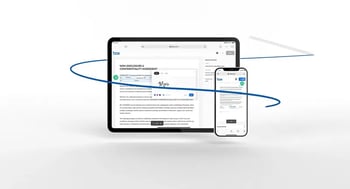A Comprehensive Look at the Production Timeline for Explainer Videos
Uncover the step-by-step journey of creating explainer videos! Our guide provides a comprehensive timeline to help you master the art of video creation.
Today, let's dive into the fascinating world of explainer video production, those insightful and crisp short videos that break down complex concepts into easily digestible content. Have you ever wondered about the intricacies involved in their creation? Buckle up as we unravel the stages and typical timelines involved in crafting these educational masterpieces.
Idea Development – Week 1
The journey of an explainer video begins with an idea. It's the inception stage, where we identify the problem we want to address or the concept we want to simplify for our audience. It's essential to be clear about the message we're trying to deliver, so this stage may take anywhere from a few hours to a week, depending on the complexity of the topic.
Script Writing – Week 1 to 2
Next comes the challenge of translating that idea into a script. The script is the backbone of your explainer video – it dictates the flow and sets the pace for the visual elements to follow. A good script should be engaging, simple, and concise. Typically, writing a script could take around a week, depending on the length of your video.
Storyboarding – Week 2 to 3
Once the script is ready, we move to the storyboarding phase. A storyboard is like a comic strip of your video, outlining scene-by-scene action. This phase involves sketching out each scene in line with the script, detailing every visual element, transition, and voiceover part. This is the blueprint of your video and could take around one to two weeks to complete.
Voiceover Recording – Week 3 to 4
Now that the visual plan is ready, it's time to bring in the human element - the voiceover. This stage is where we choose a voice that matches the tone and feel of the video. The right voice adds personality and emotion to your video, enhancing the viewer's experience. Depending on the availability of your chosen voiceover artist, this process could take a few days to a week.
Visual Production – Week 4 to 6
With the storyboard and voiceover in hand, we move on to the visual production stage. It involves creating visual elements that tell the story, using computer software tools. This stage is where everything starts coming together. It could take anywhere from two to three weeks, as it involves a meticulous process of designing and synchronizing visual elements with the voiceover.
Post-production – Week 6 to 7
The last step in the journey is post-production, where we fine-tune the video. It involves elements like sound effects, music, and final edits to ensure a smooth flow. This could take anywhere from a few days to a week, depending on the length and complexity of the video.
Final Review and Revisions – Week 7 to 8
And finally, we arrive at the review and revisions stage. Here, we scrutinize the video for any potential improvements, make necessary tweaks, and polish it to perfection. This process could take a few days to a week, giving us a total timeline of approximately 8 weeks from idea to final product.
And voila! Your explainer video is ready to educate, engage, and entertain. It's important to note that these timelines are estimates and can vary based on numerous factors, including the complexity of the project, the team's size, and expertise, and feedback turnaround times. But the key is patience and persistence. Remember, creating a great explainer video is like cooking a gourmet meal—it takes time, but the end result is worth it!
Written by Jonathan English CEO for Venture Videos — a full-service video production agency that specialises in producing creative videos & campaigns that get real results.












/7%20TIPS%20EXPLAINERS%20COVER_compressed.webp?width=350&height=425&name=7%20TIPS%20EXPLAINERS%20COVER_compressed.webp)
-1.webp?width=350&height=425&name=Softomotive%20-%20Explainer%20Video%20(0-00-04-05)-1.webp)

-2.webp?width=350&height=425&name=flokk%20-%20Explainer%20Video%20(0-00-23-14)-2.webp)
/video20length_compressed.webp?width=350&height=425&name=video20length_compressed.webp)

/Box20-20Canvas20-20Explainer20Video20280-00-56-0529_compressed.webp?width=350&height=425&name=Box20-20Canvas20-20Explainer20Video20280-00-56-0529_compressed.webp)


